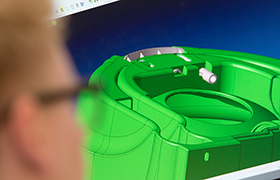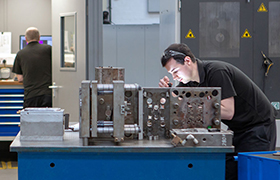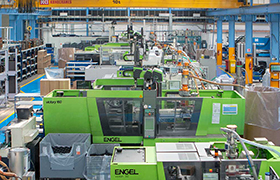POLYVINYL CHLORIDE (PVC)
There are two types of PVC – Unplasticised (UPVC) and Plasticised. As the properties and applications vary they will be dealt with separately.
Please Note: This page is for information purposes only. Rutland Plastics is an Injection Moulder and does not supply polymers.

UNPLASTICISED PVC
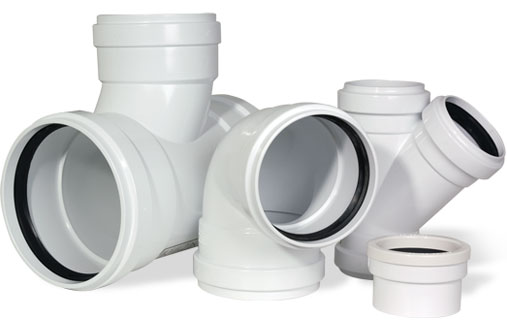
PROPERTIES
This is a cheap, rigid material which is tough under ambient conditions but it is not reliably load bearing above 60˚C. The material has good outdoor weathering characteristics along with high clarity and flame retardance.
COLOURING
UPVC is usually clear so a wide range of colours is possible. There are some opaque versions of the material, it can be difficult to achieve a perfect colour match with these grades due to the variation in the colour of the base material.
Finishing
UPVC can be easily machined. Parts can be welded using a variety of methods including solvents, ultrasonic welding, hot gas and friction.
Parts moulded in this material may be painted or decorated using hot foil, silk screen printing and vacuum metallising.
CHEMICAL RESISTANCE
| Mineral Acids (concentrated) | Good |
| Alkali | Good |
| Alcohol | Fair |
| Ketone | Poor |
| Aromatic Hydrocarbon | Poor |
| Chlorinated Hydrocarbon | Poor |
| Detergents | Good |
| Oils, Greases | Good |
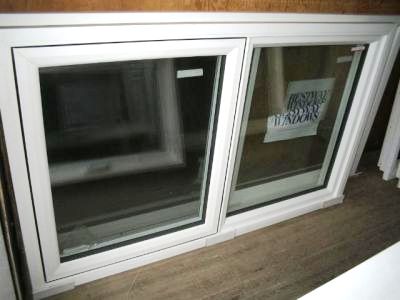
APPLICATIONS
UPVC is used in many outdoor applications including replacement windows and doors, pipes, translucent sheeting, rainwater goods and bottles.
PLASTICISED PVC
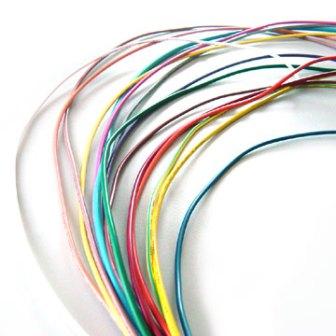
PROPERTIES
Plasticisers are high boiling liquids which are solvents for the polymer, their addition conferring rubbery properties on the end product. Adjustment of the type and amount of plasticisers results in a large range of flexible compositions.
The material has high abrasion resistance and good strength even at low temperature. As with unplasticised PVC, it has high clarity and good outdoor weathering characteristics.
COLOURING
PVC is usually clear so a wide range of colours is possible. There are some opaque versions of the material, it can be difficult to achieve a perfect colour match with these grades due to the variation in the colour of the base material.
Finishing
CHEMICAL RESISTANCE
| Mineral Acids (dilute) | Good |
| Mineral Acids (concentrated) | Fair |
| Alkali | Good |
| Alcohol | Fair |
| Ketone | Poor |
| Aromatic Hydrocarbon | Poor |
| Chlorinated Hydrocarbon | Poor |
| Detergents | Good |
| Oils, Greases | Good |
PVC USE
| Pipe Fittings | 31% |
| Windows & Doors | 24% |
| Packaging | 14% |
| Wire/Cable | 10% |
| Coated Fabric/Paper | 6% |
| Floor/Wall Covering | 6% |
| GP Sheet & Film | 4% |
| Automotive | 4% |
| Other | 1% |
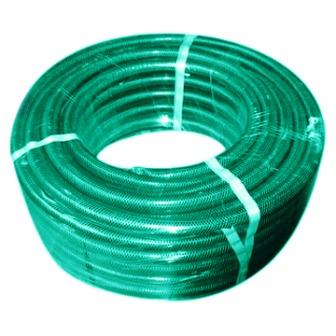
APPLICATIONS
As the flexibility can be widely varied applications can range from electric cable insulation and garden hoses to footwear and even baby pants!
***DUE TO THE NATURE OF THESE MATERIALS, PVC IS NOT MOULDED BY RUTLAND PLASTICS***


